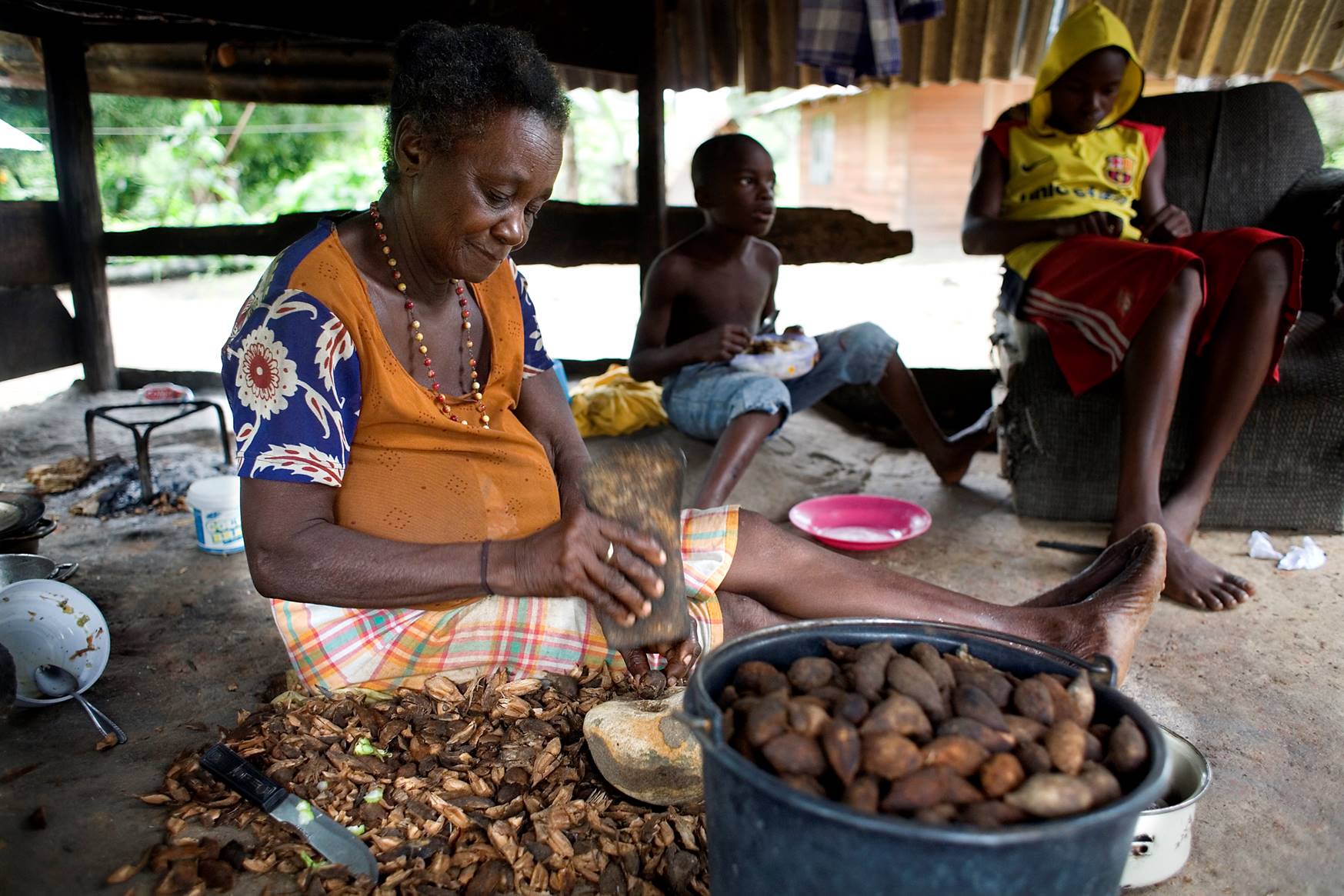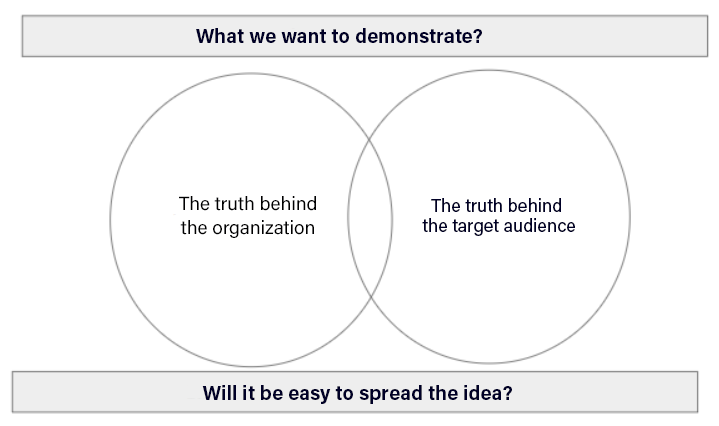Communication
How do we write ideas and stories?
Posted on June 16, 2020
We all know that everybody loves stories. That is why we often use ‘Once upon a time’ to begin a tale. Clearly, storytelling is the best way to capture attention and be memorable.
 Source: UNDP Suriname
Source: UNDP Suriname
Thanks to social media platforms and all kinds of formats, creating attractive content is a more interesting challenge, considering the amount of information that we’re bombarded with every day. Therefore, when an opportunity for a new project arises, we ask ourselves: “What story are we going to tell? What are we going to do to draw people’s attention? How are we going to convey the information? How are we going to avoid the scroll-down?”
Connaxis works for different cooperation organizations and every project is a challenge, because, in contrast to the commercial brands, in most cases we cannot advertise the content - we must reach out to the audience in an organic way. Moreover, the information that our clients give us is sensitive and technical. We therefore have to construct the content in a clear and careful manner. At the same time, it must be entertaining and informative. The challenge here is to create an idea that will be easy to spread.
Two successful cases in which we developed the creative idea and amplified the story were: “The gutsy tour operator” and “The most carbon-negative country.” These were produced for the United Nations Development Program in Suriname (UNDP). We will be using them to portray the methodology that was used to develop a creative idea, and how to create a Human-Interest Story.
Let’s start with: A methodology to develop a creative idea
Firstly, we must define the following elements:

 Source: Daniel Calabuig
Source: Daniel Calabuig
- What we want to demonstrate: Here we have to ask ourselves what we want to achieve or what we want to show.
- The truth behind the organization: Here we describe facts that show the authenticity of the organization. Something that tells us why we should believe in what they say.
- The truth behind the target audience: Here we write the insights of the target audience. What motivates or moves them.
- Will it be easy to spread the idea? We need to sincerely ask ourselves: Will we share this content?
To explain each point of the scheme, let us look at the example of the case, ‘The most carbon-negative country’.
At the end of 2019, Suriname was declared by the Inter-American Development Bank (IADB) a country with negative carbon dioxide (CO2) emissions. We took this news as an opportunity to ‘celebrate and raise awareness’. Although Suriname is the country that produces the least CO2, we have to keep in mind that 93% of the country is covered by a forest.
Yes, Suriname can celebrate that they are first in the race to minimise CO2 emissions, but there are still some environmental issues that can change this number drastically.
To increase the impact, we have used video format to tell stories of the United Nations. The numbers were surprising, because on Facebook alone the video:
- reached 87,200 users
- had 10,688 engagements
To understand these numbers, we must account that the population of Suriname is 575,991 citizens and the Facebook community of the UNDP regional office consists of 4,573 fans.
Story paradigm: What are we going to tell in a Human-Interest Story (HIS)? How do we apply Storytelling?
A Human-Interest Story is an article that must thrill, spread easily and take care of the sensitivity of the people that we are going to talk about.
After constructing the creative idea, the next step is to write the story. In order to do this, we will apply narrative methodologies. This means:
- Develop characters
- Manifest a purpose, an adventure or create a journey
- Write an intriguing, relatable plot
- Show the denouement (the outcome)
The above sounds simple, but you have to remember to create a lasting and thrilling impact on your audience for effective engagement. For this, we have to analyze the target and find insights. This will not be difficult to construct, because previously, we have already completed it in “The truth behind the target audience”.
An example of this is ‘A gutsy tour operator’, a story relating to the work of Stephanie Kramawitana, a tour operator in Suriname that depicts how she struggled to achieve success in her community due to her gender.
For this video, we wrote a simple script. We divided it into different scenes and applied a narrative with an exposition, as well as a body of the plot and a conclusion. In the story, our goal was not only to convey the story of Stephanie, we also wanted to show that the UNDP was working on a project to protect mangroves.
Producing this short video has helped us to spread the article better. Users on the internet are more likely to watch the story instead of reading it. After the video, the most interested users headed toward the final article. As a result, the number of readers - compared with the average - increased by 79%.
These cases are just two simple examples of:: how we construct a creative idea, and how we construct a Human-Interest Story. Moreover, at Connaxis we strive to create stories that take great advantage of new platforms. In order to develop and achieve even the simplest transmedia story, the whole digital marketing mix (online and offline) is required to be utilized in spreading any story effectively. Because, realistically speaking, there are still communities in the world where radio and Nokia phones are the primary medium for communication.